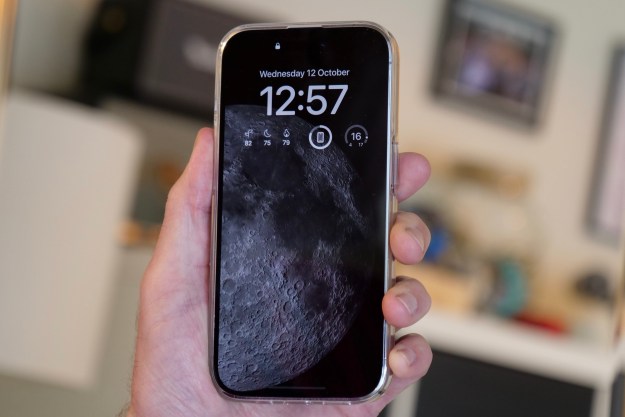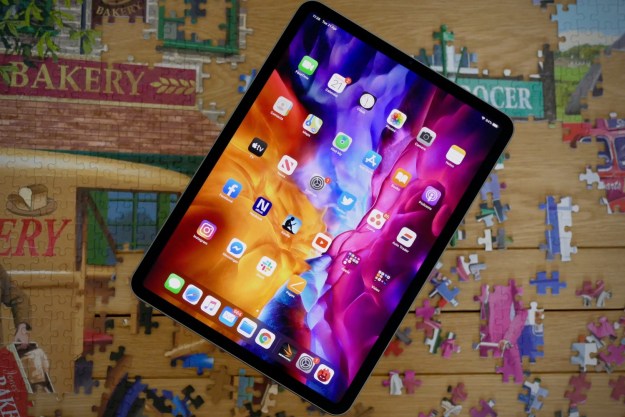The Control Center on your iPhone or iPad is a handy built-in function that offers direct access to critical settings for your device from the same place, in the same way, and from any app at any time — swiping down from the top-right corner on newer devices or from the bottom of older devices. With iOS 14, as with iOS 13 and iPadOS, it serves as a shortcut to a set of device functions you want to immediately access without having to hunt for the right app. You can instantly turn Bluetooth on or off, get a song to play, or tap and drag to change the screen brightness or audio volume. With the new iOS, Apple has added some new features to the Control Center and also speeds up customization features.
Using Control Center in iOS 14
The process of invoking the Control Center in iOS 14 is identical to previous versions and depends on which model of phone you own. With an iPhone X or later, you still swipe down from the top-right corner of your screen or tap the screen to close. On an iPhone SE (2020), iPhone 8 or earlier, or iPod Touch, you swipe up from the bottom of the screen, and to close, tap the top of the screen or press the Home button. Here’s how to customize it in the new version. This differs from iOS 13 in that it removes a step you had needed to customize the controls.
- Go to Settings.
- Tap on Control Center.
- Choose the Included Controls top list.
- Tap the Red Minus Sign to remove a control.
- Tap and slide the Grab Handles to reorder the controls.
- Choose the More Controls list underneath.
- Tap the Green Plus Sign next to any control to add it.
You still have to cope with the Control Center items that Apple considers essential — networking, music, portrait orientation lock, do not disturb, screen mirroring, and volume controls — and you still can’t adjust their size or position. Although additional settings in the Control Center remain the same with the updated OS, the way you access them has changed slightly. Now, you can tap and hold on any of the controls to reveal more related options.
For example, if you tap on the Do Not Disturb control, it reveals additional scheduling controls you can set. Tapping on the main networking set reveals AirDrop and Personal Hotspot. Tap on AirDrop and you get more options. Not all items have deep controls, so tap and hold your favorites to see if additional controls emerge.
HomeKit devices in Control Center
With iOS 14, Apple has added Home options to the Control Center. These can be used to operate HomeKit devices such as HomeKit lights or other accessories without your needing to launch the Home app.
In the Control Center you first have to enable the Show Home Controls toggle for those controls to appear in the Control Center. Then start with a Home Favorites button and choose up to six small buttons for control over various HomeKit devices. You can view your device status, or tap the Favorites button to check all the devices you set as Favorites in the Home app. To change the favorites you want to view in the Control Center, you must first designate them from the Home app.
Using Control Center in iOS 13
The Control Center has some default items like the ability to control your music, go into Airplane mode, Do Not Disturb, and adjust volume and screen brightness. In addition, there are a number of customizable items. For example, you can turn the Flashlight on, change the font size, launch the Camera or Calculator app, start a Stopwatch, and more.
There are also plenty of apps you can add to the Control Center. To do that, go to Settings > Control Center > Customize Controls, where at the top, you will see the default functions and also items you can add to the list, including Do Not Disturb While Driving, the Home app, Low Power Mode, Magnifier, Notes, or QR Code Reader. You can even access your Wallet if it’s enabled. Some iPads may have variations of the Control Center widget list, and skip Flashlight, Wallet, Calculator, and Voice Memos.
To access Control Center from your lock screen, first, make sure it is enabled by going to Settings > Touch or Face ID and Passcode > Control Center. You must type in your passcode and switch on the Control Center toggle.
Accessing Control Center in iOS 13 and iOS 12
The following steps apply to all iPad models and all iPhone models without a Home button.
- From the Home Screen or Lock Screen of your iPhone or iPad, the Control Center is located at the top right corner of the screen.
- Swipe down from the top right corner to access Control Center in iOS 13 on iPhone or iPad.
- Only new iPhone models with no Home button will use this new gesture for accessing the Control Center.
- For older phones with a Home button, just swipe up from the bottom of the screen,
- To dismiss the Control Center, swipe back down.
How to customize Control Center apps
Customizing the Control Center is how you can personalize these quick-access controls anywhere in iOS. This feature is available on iPhone and iPad and it works the same on both devices. You will need iOS 11 or later to customize Control Center. Why bother? Customizing the Control Center lets you quickly change settings for the functions you use most often. Want to record an announcement or a set of instructions? Add the Voice Memos control. Want to dim the lights in the kids’ room? Add Home controls. Here’s how to customize the Control Center.
- Go to Settings > Control Center.
- Tap Customize Controls.
- Tap the green Plus icon to add controls to the center.
- Tap the red minus icon to remove controls from the center.
- To rearrange controls within the center, tap and hold next to the controls and drag to place them in the order that you want them.
You can choose to access the Control Center exclusively from the home page, or from any app you’re working in. To do that go to Settings > Control Center > Access Within Apps and toggle the control on or off.
You can add or remove apps from the Control Center using the existing buttons, but some of them have more functionality. Notes serves to launch that app, giving you the choice of a new note, checklist, photo, or to scan a document. You can add Low Power Mode, the Magnifier, and more. Adding Text Size means that you can drag on the right up and down to make text bigger or smaller. With Flashlight, you get a variety of different flashlight levels and with the Timer, you tap it and then launch right to the Clock app. For the Calculator, you can copy the last result or tap to jump into the app. For the Camera, tap and hold and go straight to a particular mode — selfie, video, slo-mo — rather than just a quick tap to launch the camera.
The Control Center appears relatively similar on the iPad. To access it, you can swipe down from the upper-right hand corner of any screen, and it should pull down. In this Control Center, expect the buttons and features to work the same way, just with a slightly different layout. Every control in the Control Center has a specific purpose. You can toggle certain buttons on and off, and if you hold down certain modules, they expand or present additional options.
For example, if you were to hold the icons for Airplane Mode, AirDrop, Wi-Fi, Bluetooth, Cellular, or Personal Hotspot, several detailed options would appear on your screen. If you’re operating a device with iOS 13 and iOS 13.1, you’ll find a list of additional features for Wi-Fi and Bluetooth, including nearby wireless networks and available Bluetooth devices.
What You Can’t Control
Currently, the Control Center is essentially out of your control. The widgets provided in the center are built-in by Apple, and they are not removable. Even if you aren’t using a feature, like the Screen Mirroring button, you won’t be able to delete it from the Control Center. Examples of some of the other immovable widgets include Brightness, Screen Orientation Rotate Lock, Volume, Cellular, AirDrop, Bluetooth, networking, and Wi-Fi. We will point out; there are a few controls that are specific to certain devices. Personal Hotspot and Cellular controls are only accessible on iPhones and iPads with Cellular data.
Editors' Recommendations
- Are you having iPhone alarm problems? A fix is coming soon
- Best Apple deals: Save on AirPods, Apple Watch, iPad, MacBook
- The best iPads in 2024: the 5 best ones you should buy
- An Apple insider just revealed how iOS 18’s AI features will work
- The most common Skype problems and how to fix them





























